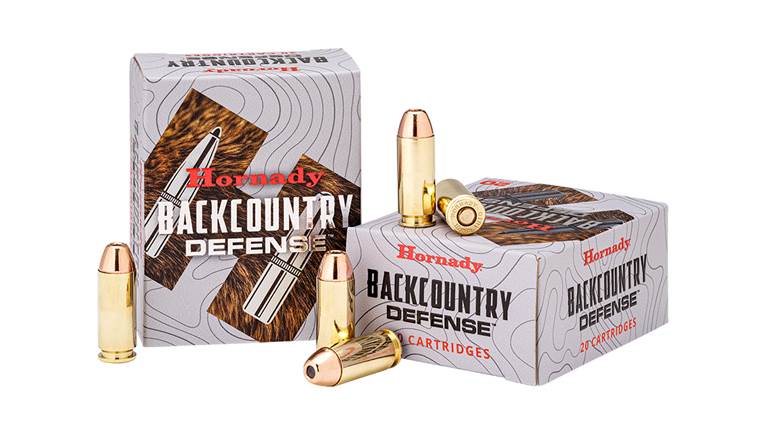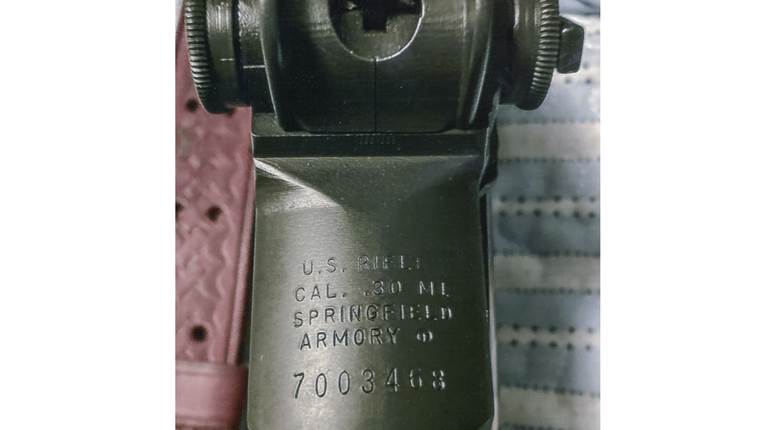
Q. As a young police officer in the late 1980s and into the 1990s, I saw firsthand the burgeoning mainstream transition by officers and agencies from revolvers to semi-automatic pistols. Suddenly, there was a slew of chambering choices for duty pistols, and there was buzz around a new pistol—the Jericho 941. It was produced in Israel for use globally as well as for the Israeli police and defense forces. It afforded a cartridge change, from 9 mm Luger to .41 Action Express. What happened to the Jericho and the .41 Action Express?
A. The Jericho pistol was introduced to the United States in 1990. It was developed by Israel Military Industries (IMI) and became Israel’s standard military pistol. Originally, its parts were sourced from Tanfoglio in Italy, which had been successful in creating a CZ 75 clone. The original U.S. importer was K.B.I. in Harrisburg, Pa., with the company marketing it as the Jericho. Later, it was imported by O.F. Mossberg, which named it the Uzi Eagle, then by Magnum Research as the Baby Eagle. Israel Military Industries is now Israel Weapon Industries (IWI) and is again offering the Jericho 941 in 9 mm Luger.
The .41 Action Express actually predates the Jericho by a few years, but the test bed had been a variation of the CZ 75. The objective of the chambering was to duplicate the performance of the .41 Magnum police load and offer the conversion of 9 mm pistols by simply changing the barrel. Jericho pistols were initially shipped to the United States with both 9 mm and .41 AE barrels, allowing the shooter the option of either cartridge.
Determining the reason for the .41 AE’s extinction is subjective, and there are a number of factors that came into play. First of all, the chambering was only available in an imported pistol, and the ammunition was available only from Samson, also in Israel. If American producers of firearms and ammo had bought-in, the results might have been different. Secondly, and perhaps of more significant consequence, was the introduction of the .40 S&W cartridge in domestic firearms. Performance was not significantly different between the two cartridges, and U.S. law enforcement bought the .40 S&W in huge numbers; basically any company that offered a 9 mm Luger was also offering a .40 S&W. In the end, the convertibility feature was more of a novelty than a serious consideration.






































